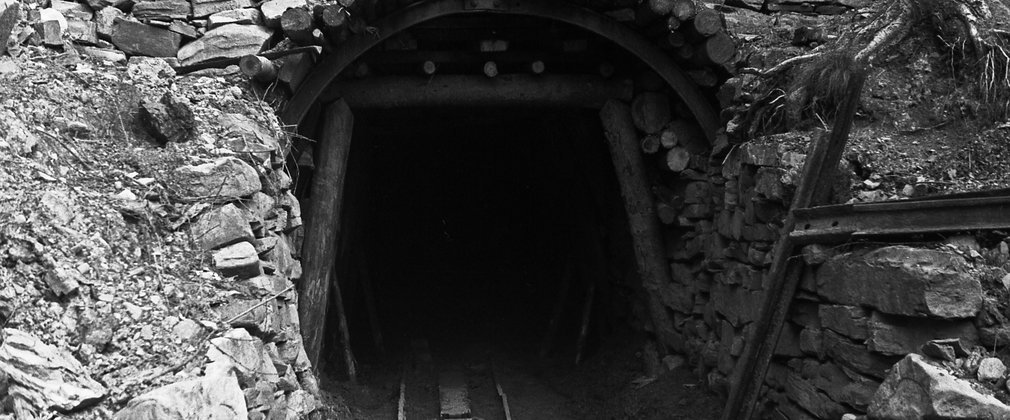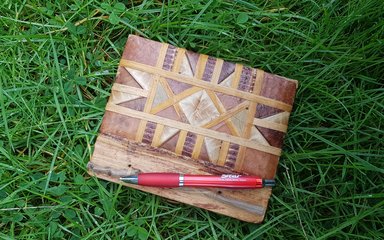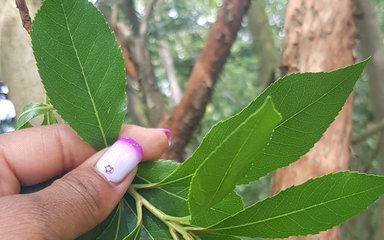
Living, working forest by Zakiya Mckenzie
For our centenary project writers in the forest.
“Mining has been around since time out of mind,” I am told by Deputy Gaveller Dan Howell.
The Deputy Gaveller is a unique position that exists only in the Forest of Dean, Gloucestershire to oversee the mining of coal and iron ore here, an activity dubbed ‘freemining’. Only in this forest will you find people with personal plots (called ‘gales’) where they are allowed to mine. Deputy Gaveller Dan Howell is the only one who can issue a ‘grant of the gale’. Wait, don’t go running to the Dean expecting to be the next big extractor, for there are rules laid out by the Dean Forest Mines Act of 1838 that probably exclude you if this is the first time you are hearing about it. A Deputy Gaveller can only grant you a gale if (among other things) you were born and live within the “hundred of Saint Briavels” and you have already worked a year and a day in a mine close by. Clueless? Leave freemining to the real deal Dean.
Like all Deputy Gaveller’s before him including his father, Howell looks after everything below ground (while the Deputy Surveyor looks after things above ground). The deputies don’t actually have the final word; the Gaveller and Surveyor, is the one who wears the Crown. This is a royal forest. Freemining is a small cottage industry, worked by a handful of people, in this one forest in England. It comes with the commoner’s right to walk their sheep in the woods without any interference.
So why do people still freemine? The answer is what fascinates me about history.
“People do it because they can”, explains Howell, “because it is the heritage and tradition of the forest.” Freemining enshrines local people’s rights.
I am very aware of the words and language used by those I meet in the different forests. For people living and working there it is “the forest”, full stop. Little need to mention Dean when it is already the setting for life happening.
I get the chance to go down into a coal mine to see how it is extracted. The work is labourious and in unideal conditions. During winter workers would have gone down into the darkness of the mines during the day, and it would be dark again in the evening when they came up after work. This is the English forest; it is everyday life unfolding. Those of us concentrated in urban centres have to make an effort to ‘go to the forest’ and ‘connect with nature’. For others, it is ever-present. Now, it is seen as a privilege for us city-dwellers to be able to retreat and relax here, as if nature is something outside of ourselves that we have to go and search for to attain.
At Westonbirt Arboretum there are trees stretching back thousands of years, and the garden has been tended for centuries. Simply, it is wonderful to look at from near and far. There is also function; the arboretum has climate change in mind. Penny Jones, main tree propagator at Westonbirt, explains that while the arboretum is managed for its picturesque landscape and historical tree collections, the woodlands here are dedicated to biodiversity. This forest has nationally recognised champion trees, but also trial plots where research goes into finding out what plants might grow under different circumstances of our climate uncertainty. Likewise, the Pinetum at Bedgebury isn’t outright run as a forest (i.e with woodland technique) but the conservation efforts there ensure that everything is done so that there will be forests for centuries to come.
From its inception at the end of the wars, Forestry meant to grow wood for a country desperately needing material to rebuild (the country also needed people to do the rebuilding).
“The thing about a collection, the value in it lies in the information you have about it”, says world conifer expert and collections manager at Bedgebury, Dan Luscombe explaining the many different plant families on site. The people who work in these forests are dedicated to making sure that these natural beauties have long continued life. One way the forest comes into our daily lives is through timber which is produced across different Forestry England sites. And as plastic goes out of vogue, maybe timber will re-enter more of our homes in wooden toothbrushes and other household objects. Maybe as we move towards cleaner and more environmentally friendly production and consumption, we’ll inevitably all be led back to the forest.
Then Luscombe says, “people don’t always remember what you tell them, but they remember what they feel”.
And he is right, because I remember what it felt like to commune with towering Eucalyptus trees in the Johannesburg Botanic Gardens, and then as Dan if that was its cousin. I remember the breath-taking jagged lines of the monkey puzzle. The giant redwood that drew me into its bark to touch it, wanting now to visit the North American west coast and see them in swarms. I remember being thrilled by the fantastically green matting of rock flora that seem to rise with the outstanding whitebeam deep in Leigh Woods, instantly bringing me back to the awe-inspiring experiences of going through green-canopied Fern Gully in St Ann, Jamaica. I know how I feel when I’m back home in Bristol and can identify hazel or hornbeam because of what I’ve learned along the way. These are small successes but they allow me to feel that I am a part of something wider, yet closer – the forest, the land. Something that feeds my needs every day. The one sky above, the leaves, the dust, the aura, the sun, the fauna around – the universality of the woodlands has brought me full circle, it has grounded me before myself.




